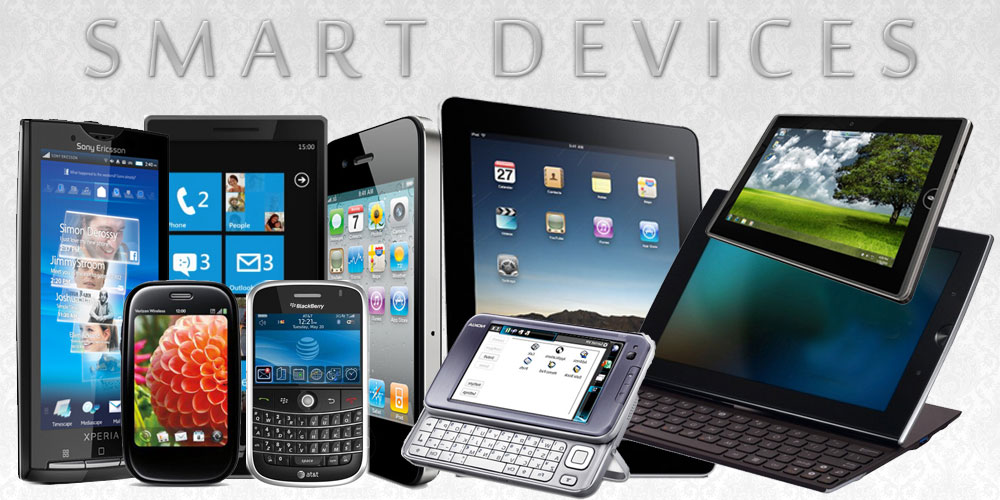

Creating videos can be a fun and dynamic venture. However, before you begin the process, it is important to consult a production checklist to ensure your have planned for what may be needed. The following list are important things you may want to keep in mind.
Know your device
If you are using your phone, ipad, digital camera or a webcam, you need to become familiar with it. Notice if the device delays before taking a picture. Know how long you can film if making a video. Become familiar with how you can share pictures or video clips for transfer to a computer with production software. Know how to operate your webcam controls. If any of this scares you, no worries. there probably is a YouTube video that will answer the question you have about your device. You can also check in with us in the Commons.
Think Power
There is nothing more disappointing than setting time aside to take pictures and or film only to find out your battery is done. I've been there and well, it's a bummer. You always want to bring an extra power source when you plan to do any shooting. There are plenty of affordable portable chargers available to keep your devices charged. Your may also want to scope out the nearest outlet and keep your phone or ipad plugged in until needed. If using a camera that uses a battery pack, charge both the battery currently in the camera and a backup battery the night before. Enough said.
Bring an Extra Backup Device
If the one device you want to use isn't working for whatever reason, you will be grateful to yourself for having a backup. Technology is wonderful but not infalliable. Be sure you are as familiar with the backup device as you are with your original device.
Dry Runs are Important
Practice makes perfect. The more tests you do with your device before you actually shoot, the better your results will be. It also helps to make you very familiar with your device.
Take twice as much footage or pictures than you think you'll need
It is better to select from a variety of of shots than to take one or two only to find they are blurry or imperfect or problematic in some way. Capture as much as you want. Trust me, you will be glad you did.

The most successful videos are those that are clearly envisioned and planned out prior to doing any filming or production work. It is essential for the creator to be clear about the goals for the video. Answering the following questions can help bring focus to any video project:
What are my overall goals for the video?
Who is my intended audience?
What content do I want to cover?
If there is a significant amount of content, should I consider creating a series of short videos?
How do I intend to use this video?
It is very likely that new questions will arise as you answer the above. This should help your ideas form into the ultimate vision for the project which is exactly what you need. Once you have clarified your goals and content ideas, the next step is to create a Storyboard of your envisioned production.

Anyone creating a video can struggle with what it should look like. You may find it helpful to go to a place like YouTube to identify one or more completed videos as a models. While your video will most likely not end up exactly like the one or more that inspires your work, the model can spark new ideas and help your creativity flow in unimagined ways. Identify what you find appealing about the model (i.e. camera angles, production effects used, colors, locations, etc). Doing this can help you make concrete decisions about what you want to do which will make your project feel more doable and manageable over all. Give it a try.
Video Settings Tips
Most devices today include settings to create YouTube friendly videos. The following suggestions may be helpful to you when selecting settings on your devices or when using production software:
YouTube has a very helpful support area for Supported YouTube File Formats and Recommended Resolution & Aspect Ratios.
This LibGuide was created by Carol Jewett (now retired), Assistant Professor, Northeast Regional Center Librarian.